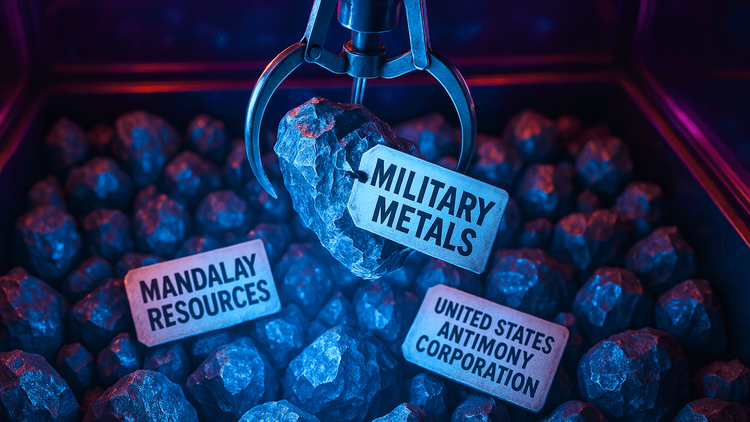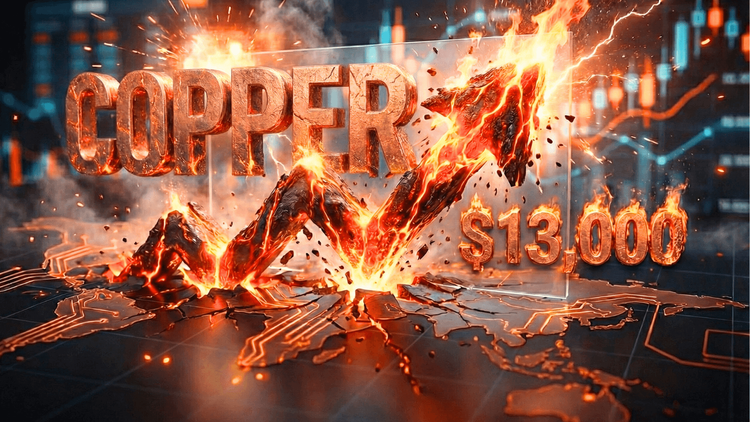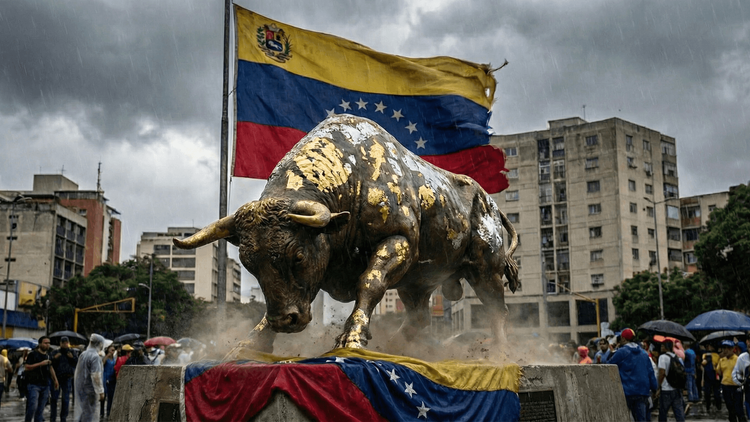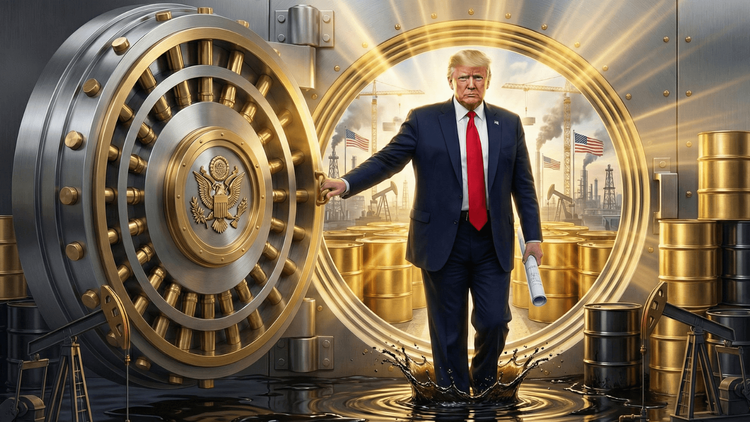US Hits Chinese Graphite With Massive 93.5% Tariff
Tariff Tsunami: How a 160% Duty on Chinese Graphite Is Rewiring the EV Supply Chain and Sparking a North American Battery Boom
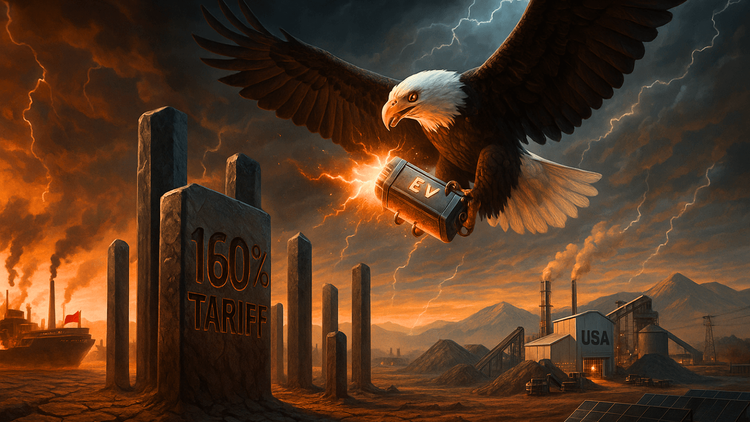
The United States has just fired a major shot in the global battery arms race. The Commerce Department announced it will impose a preliminary anti-dumping duty of 93.5% on Chinese graphite imports, a material crucial for electric vehicle batteries. When stacked on top of existing duties, the effective tariff soars to 160%. This decision, prompted by a petition from the American Active Anode Material Producers, marks a dramatic escalation in the ongoing economic contest between the US and China over control of the clean energy supply chain.
Graphite, often overlooked compared to lithium or cobalt, is the backbone of EV battery anodes. Nearly two-thirds of the 180,000 metric tons imported into the US last year came from China. Beijing’s dominance in this arena is profound, with the International Energy Agency warning that graphite is among the most vulnerable materials to supply disruptions. The US move to slap massive tariffs on Chinese graphite is more than a trade maneuver, it's a bold declaration of industrial independence and geopolitical posturing.
While the ruling provides a clear tailwind for emerging domestic producers, it simultaneously deals a body blow to EV manufacturers who depend on high-purity graphite imports. Analysts at CRU Group estimate the tariffs will add $7 per kilowatt-hour to the cost of an average EV battery cell. That figure erases up to 20% of the federal tax credits granted to automakers under the Inflation Reduction Act, and it could cripple quarterly profits for Asian battery giants like LG, SK On, and Panasonic.
